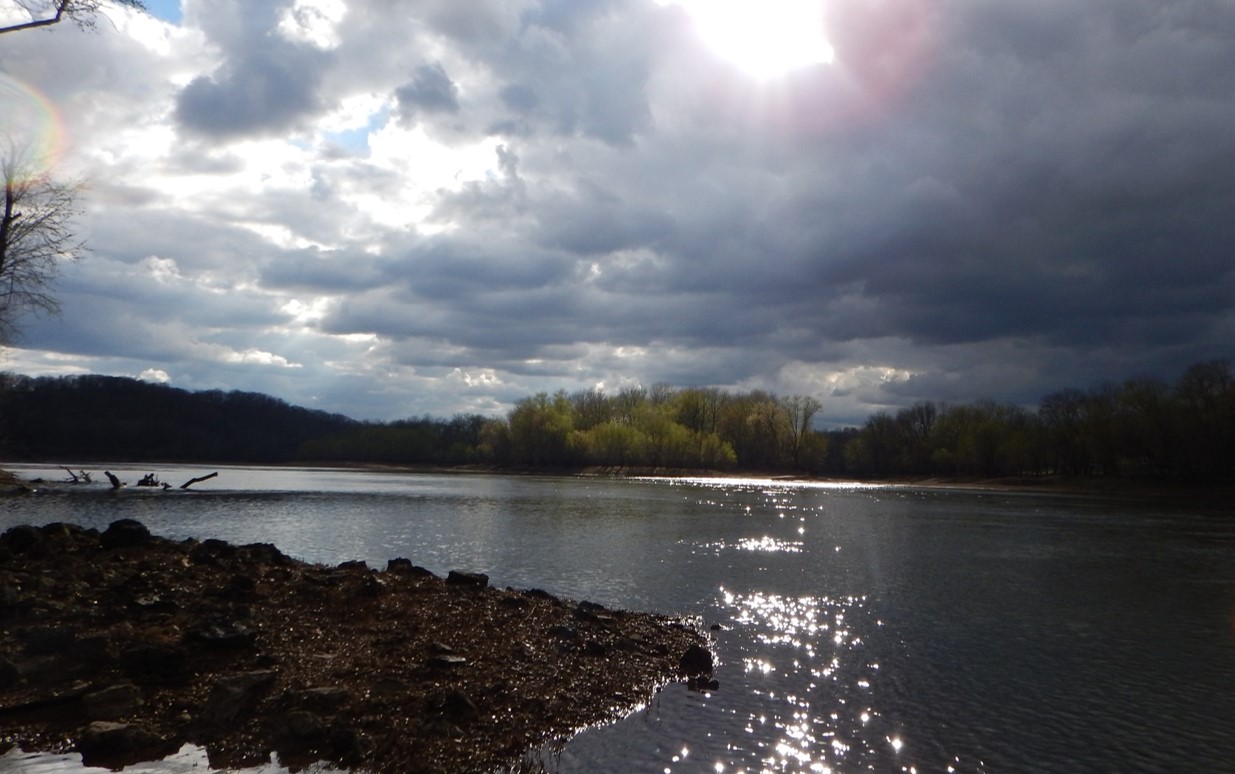Linking Habitat Features and Fish Movement to Dissolved Oxygen and River Flow in the Lower Osage River, Missouri

Objectives
- 1) Document long-term trends in fish community health and sport fish populations in response to flow management.
2) Help determine at what flows and under what conditions key habitat availability becomes a limiting factor in the lower Osage River.
3) Determine movement and habitat selection of Spotted Bass and Golden Redhorse under different flow regimes.
4) Refine knowledge of fish community and sport fish response to flow management for application to other riverine systems.
Overview
Numerous flow management decisions are being made on rivers throughout the world and these decisions are increasingly incorporating consideration of the physical habitat needs of fish and other aquatic life. However, long term monitoring studies to detect response of fish species to new flow regimes are few, and there is little information to substantiate ecological response to flow alteration, and empirical models predicting ecological responses to various types and degrees of flow alteration are not readily available. Stream flow regimes that meet the ecological needs (including sufficient dissolved oxygen; DO) for the entire aquatic community are vital in supporting healthy, sustainable sport fisheries in flow regulated systems. The upstream presence of several large reservoirs and hydropower facilities imposes a highly artificial flow regime on the lower Osage River. The magnitude, frequency, duration, timing, and rate of change of flow events in the lower Osage River vary spatially due to downstream attenuation of flow fluctuations. These parameters also vary temporally with precipitation and water management for flood control and power generation by Bagnell Dam and Truman Dam, which is immediately upstream of Lake of the Ozarks. Successful management of the lower Osage River’s often heavily exploited fisheries resource depends on a healthy and diverse fish community, which in turn depends on deriving the maximum ecological benefit possible under the river’s highly artificial flow regime. Therefore, we will use ongoing fish community sampling from MDC and link to field studies that measure water temperature, dissolved oxygen, channel use designation (e.g., riffle, pool) and other water quality parameters throughout the lower Osage River under different seasons and hydrologic regimes. Water quality will be measured continuously with data sondes, and couple with spot-checking during field sampling throughout the entire study period. We will develop a series of a priori models to help identify the factors list likely to influence fish communities in the lower Osage River.